The residential construction market in Michigan is undergoing a remarkable resurgence, with Southeast Michigan at the epicenter of this growth. The region is witnessing a dual trend: outer-ring suburbs are booming with single-family home developments, while Detroit leads in multi-family housing construction. This dynamic reflects evolving buyer preferences, economic stability, and strategic decisions by builders responding to market demands.
.png)
Suburban Surge: Outlying Communities Drive Single-Family Home Growth
Macomb Township: Leading the Charge
Macomb Township, located in Macomb County, continues to solidify its position as Michigan’s leader in single-family home construction. In 2024, the township issued 417 building permits for new homes—more than any other municipality in Southeast Michigan.
For years, Macomb Township has been one of the fastest-growing communities in the state. According to Josh Bocks, the township’s Planning Director, the area’s appeal stems from its ample undeveloped land and a proactive approach to community planning. “We slowed down a little bit after the Great Recession, but we're cruising right along,” Bocks said, referring to the township’s gradual recovery.
Before the 2007–09 economic downturn, Macomb Township regularly issued around 800 permits annually. Though the recession led to a slowdown, recent trends indicate sustained growth with several new subdivisions already approved or under review.
Milford and Independence Townships: Oakland County’s Growth Engines
In Oakland County, the village and township of Milford issued 220 single-family permits, while Independence Township followed closely with 216 permits in 2024. Both communities benefit from a combination of quality schools, abundant parks, and a small-town atmosphere that appeals to families seeking space without sacrificing access to metro Detroit.
Milford’s proximity to outdoor recreational amenities, including Kensington Metropark and Proud Lake State Recreation Area, further enhances its desirability. Independence Township, known for its rolling hills and family-oriented subdivisions, attracts homebuyers seeking spacious lots and modern amenities.
Other High-Performing Communities
Several additional municipalities surpassed the 100-permit threshold in 2024:
.png)
Largest Single-Family Home Builders in Southeast Michigan
The surge in suburban development wouldn’t be possible without the efforts of Southeast Michigan’s top builders. These companies are capitalizing on the region’s demand for single-family homes by offering diverse options tailored to modern buyers’ needs.
Top Builders by Permit Volume (2024)
.png)
PulteGroup, known for its expansive master-planned communities, leads the pack, offering a variety of home styles and price points. Lombardo Homes continues to thrive with customizable options that appeal to families seeking personalized layouts and finishes. Robertson Brothers Homes, led by President Darian Neubecker, focuses on suburban developments and urban infill projects, emphasizing market adaptability: “There is a better market and more demand in the suburbs at the moment. There also is easier access to land to entitle developments,” Neubecker noted.
Detroit’s Multi-Family Market: Urban Renaissance in Full Swing
While the suburbs dominate single-family construction, Detroit’s urban core is leading in multi-family development. In 2024, the city issued 743 permits for apartments and condominiums—significantly more than any other municipality in Southeast Michigan.
What’s Driving the Multi-Family Boom in Detroit?
- Downtown Revitalization: Large-scale projects and infrastructure improvements have rejuvenated Detroit’s downtown, attracting young professionals seeking urban amenities.
- Corporate Relocations and Expansions: Investments from companies like Ford Motor Company (with its Michigan Central innovation district) and General Motors have created job hubs that fuel housing demand.
- Public and Private Partnerships: Collaborative efforts between city officials and private developers have fast-tracked multi-family projects aimed at diversifying Detroit’s housing stock.
- Lifestyle Appeal: Urban living with walkability, proximity to cultural institutions, and access to public transit appeals to a growing segment of the population.
Suburban Multi-Family Growth
Although Detroit leads in permits, several suburbs are adding multi-family options to meet demand from downsizing retirees, young professionals, and renters:
.png)
Detroit’s Single-Family Market: Limited Growth Amidst Challenges
Despite the city’s multi-family success, Detroit issued just 76 single-family home permits in 2024—a stark contrast to suburban figures. This disparity stems from several factors:
- Aging Housing Stock: Many existing homes require significant renovation, deterring new construction.
- Vacant Lots and Demolition Efforts: While Detroit has cleared thousands of blighted properties, redeveloping these lots into new single-family homes is often complex.
- Financing Barriers: Developers face hurdles in securing funding for projects in certain neighborhoods.
- Market Preferences: Urban buyers increasingly favor rental options over ownership.
However, targeted initiatives aimed at first-time homebuyers and neighborhood revitalization offer hope for future growth in Detroit’s single-family sector.
Economic and Demographic Drivers Behind the Boom
Why Are the Suburbs So Popular?
- Work-from-Home Flexibility: Remote work has shifted priorities toward homes with extra space for offices and recreation.
- Educational Considerations: Families prioritize access to top-rated school districts found in suburban communities.
- Lifestyle Shifts: Buyers seek larger lots, private yards, and outdoor amenities—a stark contrast to the compact nature of urban living.
- Infrastructure Improvements: Investments in roadways and public services have made suburban living more accessible.
Detroit’s Urban Appeal
Conversely, urban living attracts those seeking shorter commutes, vibrant cultural scenes, and access to public transportation. Younger professionals and retirees often prefer the convenience of multi-family developments near dining, entertainment, and healthcare facilities.
Market Recovery: From Great Recession to Present Day
The contrast between today’s housing market and the post-Great Recession years is stark. Between 2007 and 2009, permit issuances plummeted across metro Detroit. For example:
- Macomb Township: Fell from pre-recession highs of 800 permits annually to under 200 during the downturn.
- Detroit: Saw multi-family development stall as investor confidence waned.
Today, economic stability, job growth, and consumer confidence have reignited demand, with both suburban and urban markets rebounding.
Future Outlook: Sustaining Momentum Amid Challenges
Factors Supporting Continued Growth:
- Strong Employment Sectors: Automotive innovation, healthcare, and tech industries continue to bolster regional job markets.
- Favorable Mortgage Rates: Despite fluctuations, rates remain historically low, driving buyer interest.
- Demographic Trends: Millennials entering peak homebuying years fuel demand, especially in family-friendly suburbs.
Potential Roadblocks:
- Rising Construction Costs: Lumber, steel, and labor shortages could dampen new construction.
- Infrastructure Strain: Rapid suburban expansion may challenge existing roadways and utilities.
- Economic Uncertainty: Interest rate hikes or a broader economic slowdown could temper enthusiasm.
A Tale of Two Markets
The housing market in Southeast Michigan tells two interconnected stories:
- Outer-ring suburbs flourish with single-family homes, meeting the needs of families and those seeking more space.
- Detroit’s urban core thrives through multi-family developments, attracting professionals and downsizers eager for city living.
Led by prominent builders like PulteGroup, Lombardo Homes, and Robertson Brothers Homes, the region’s housing market shows resilience, adaptability, and optimism. As long as communities balance growth with thoughtful planning, Southeast Michigan will continue offering diverse housing options that cater to the evolving preferences of its residents.
With ample opportunities for both suburban expansion and urban revitalization, the future of homebuilding in the region looks promising—a testament to its economic vitality and unwavering community spirit.
DON'T KEEP US A SECRET - SHARE WITH A FRIEND OR TO SOCIAL MEDIA!

.95.png)



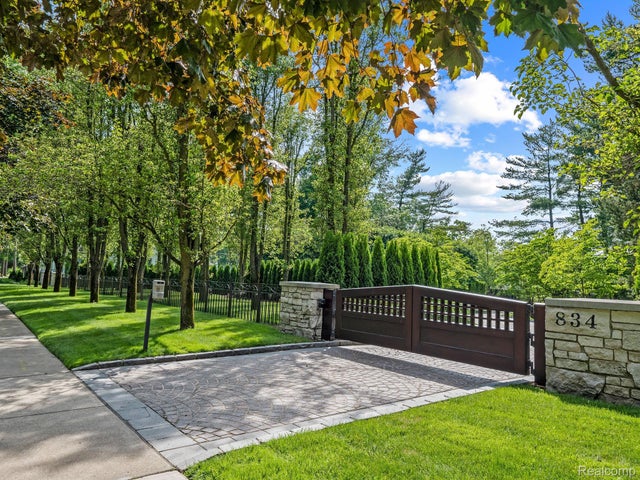


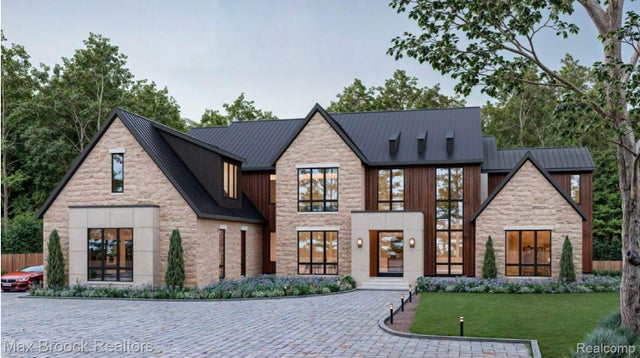
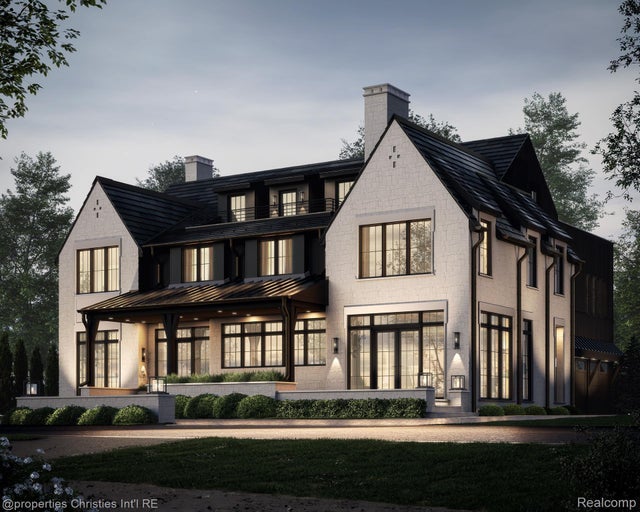

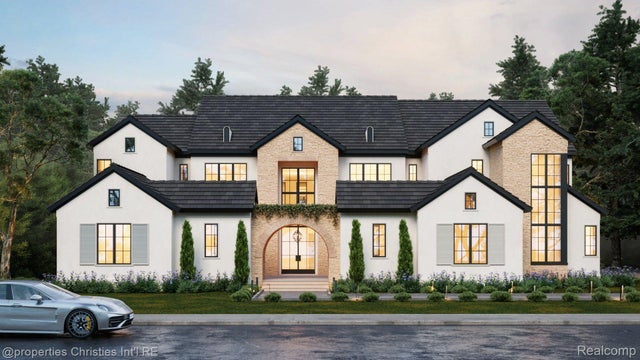

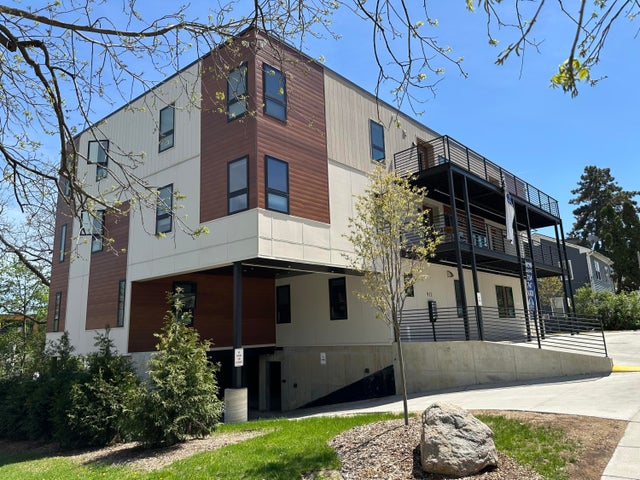




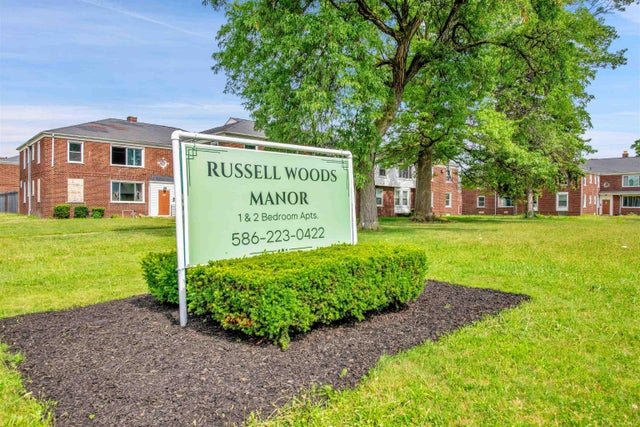


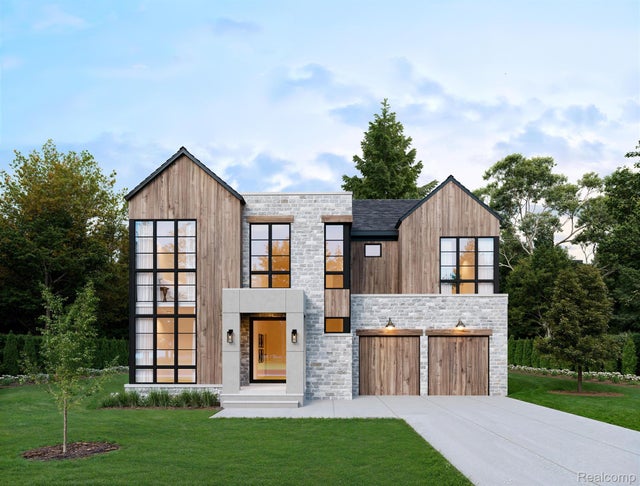
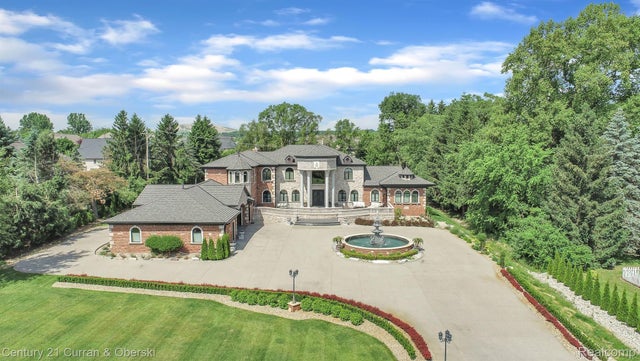
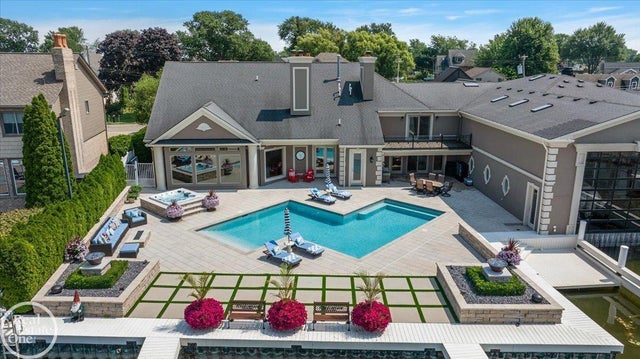
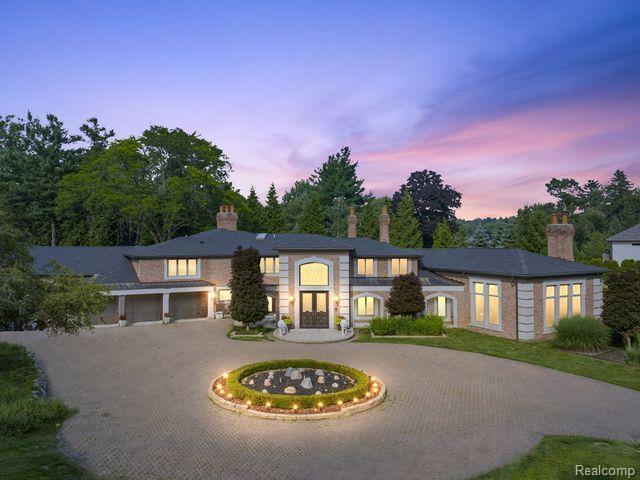



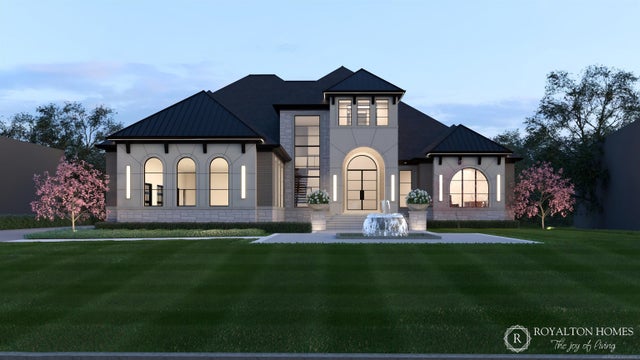
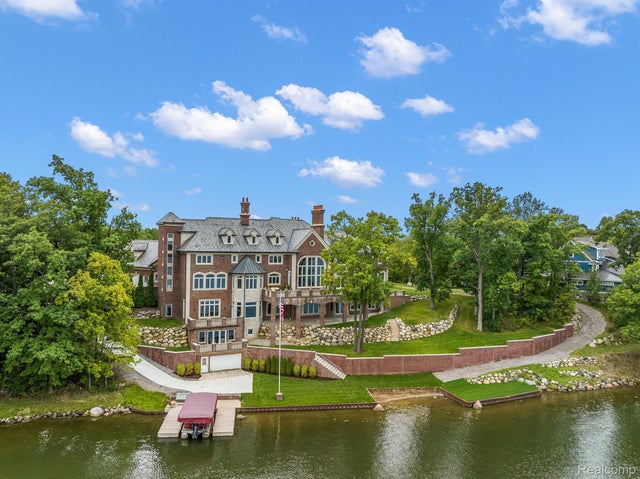


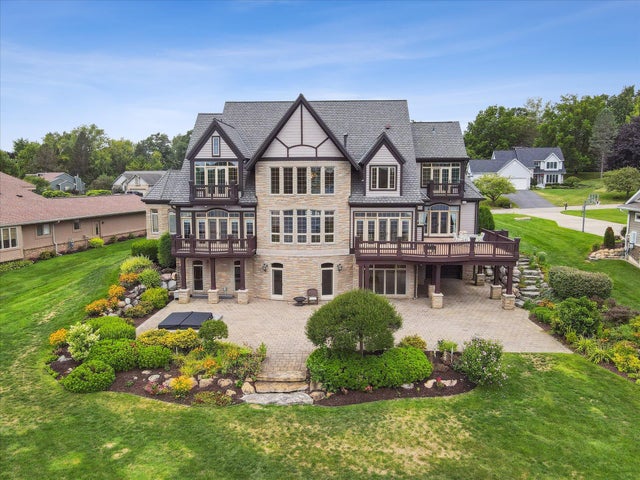
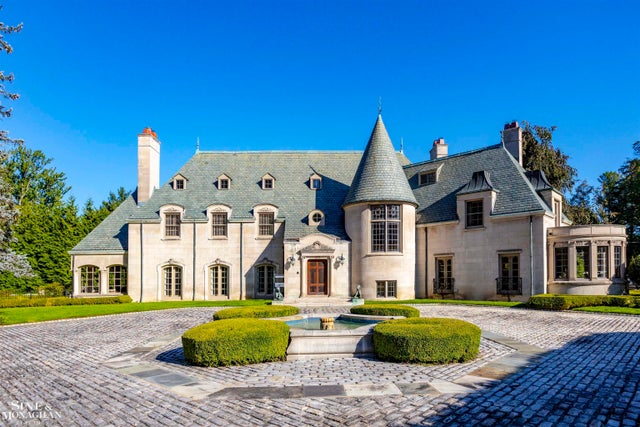
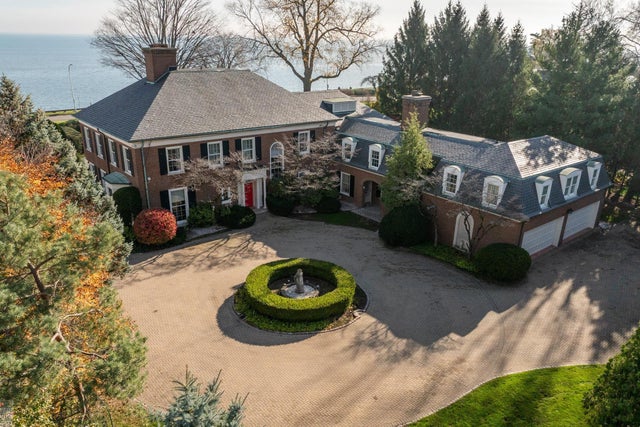
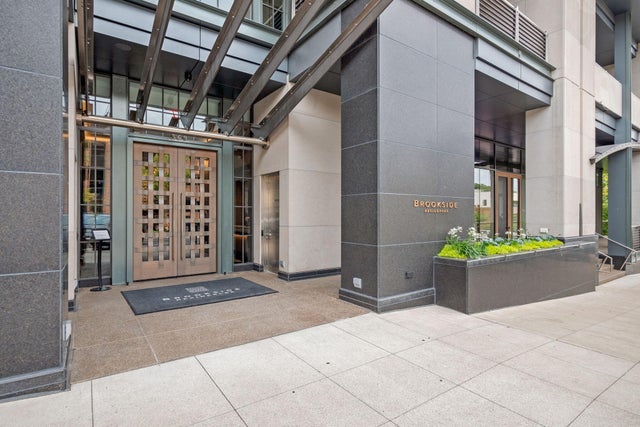
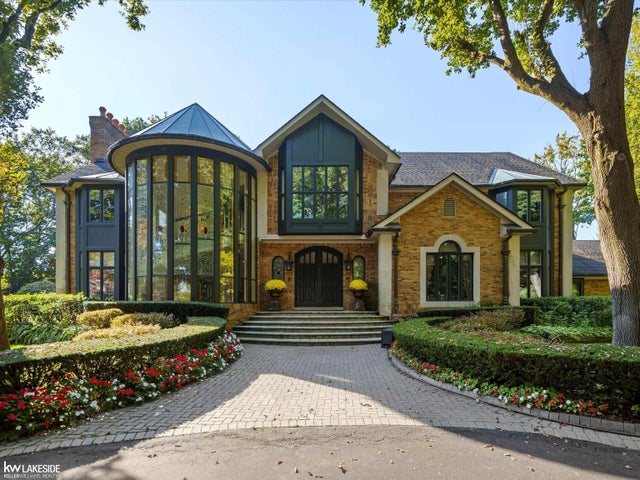

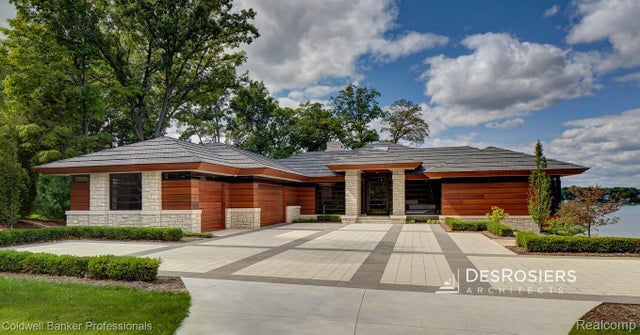


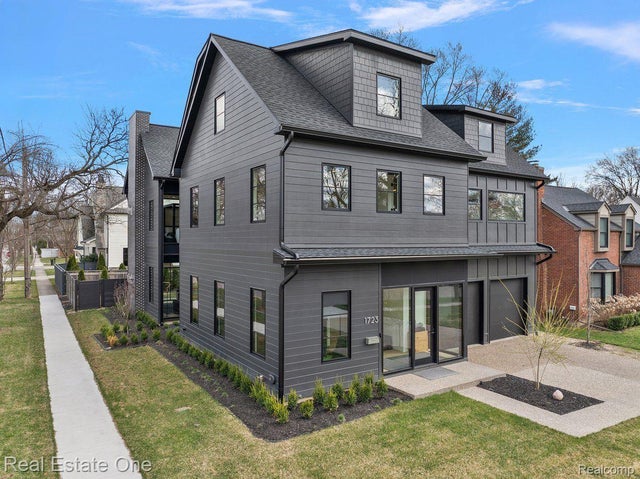
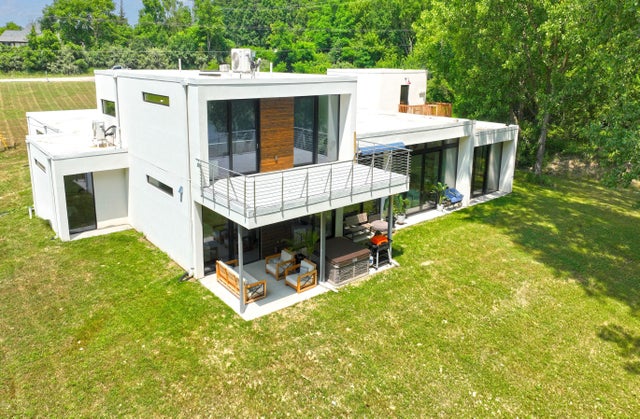

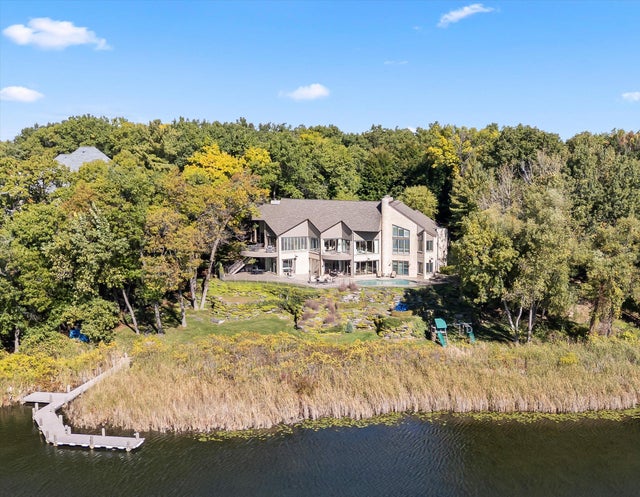

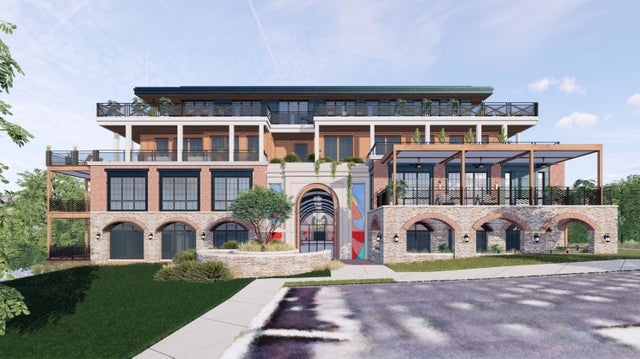


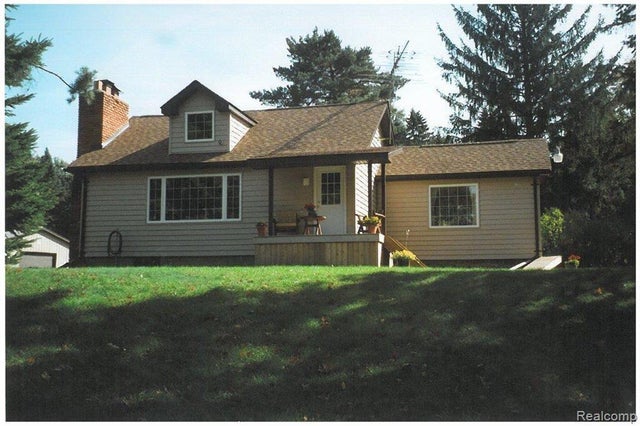
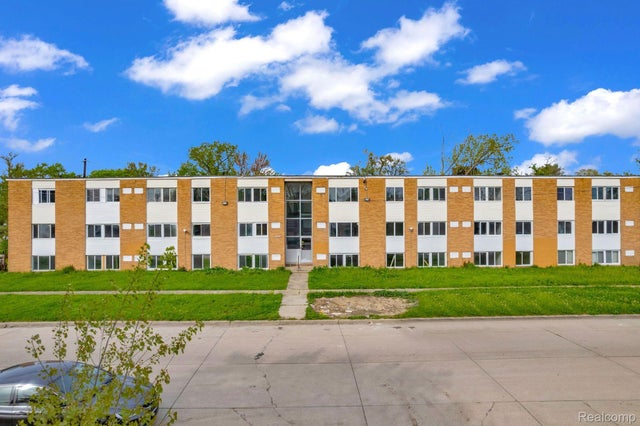
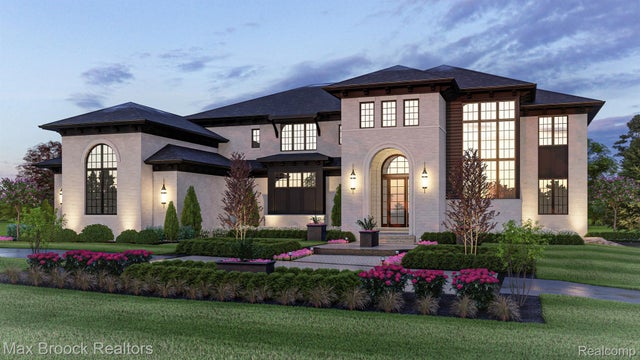
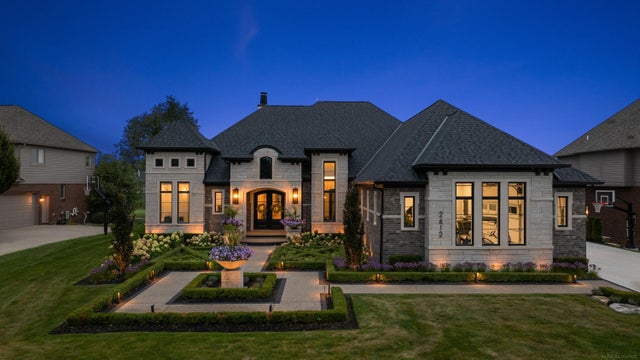
Leave A Comment